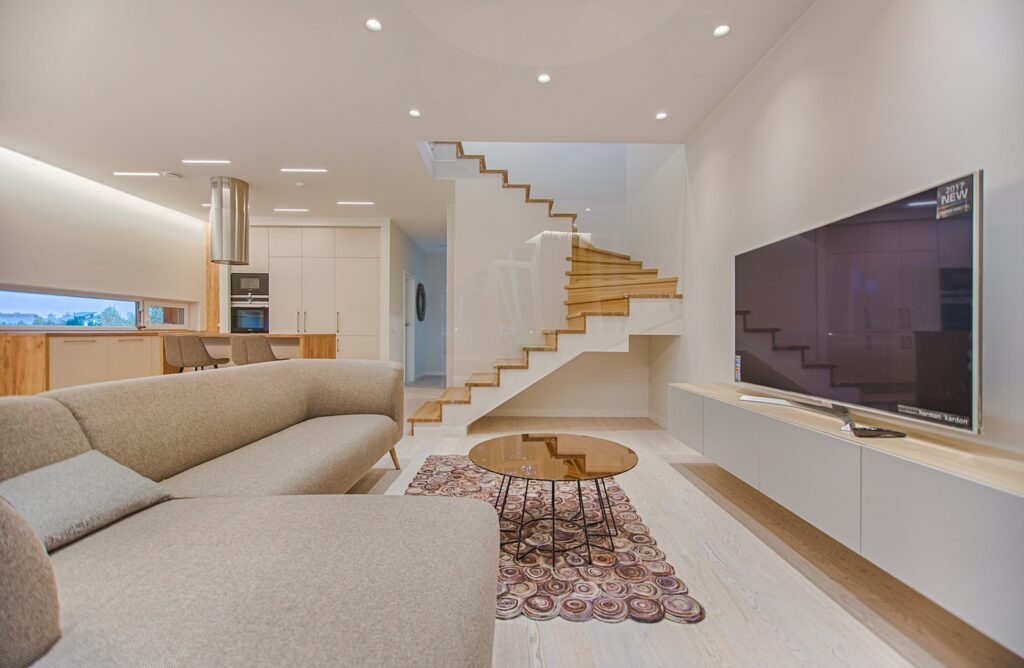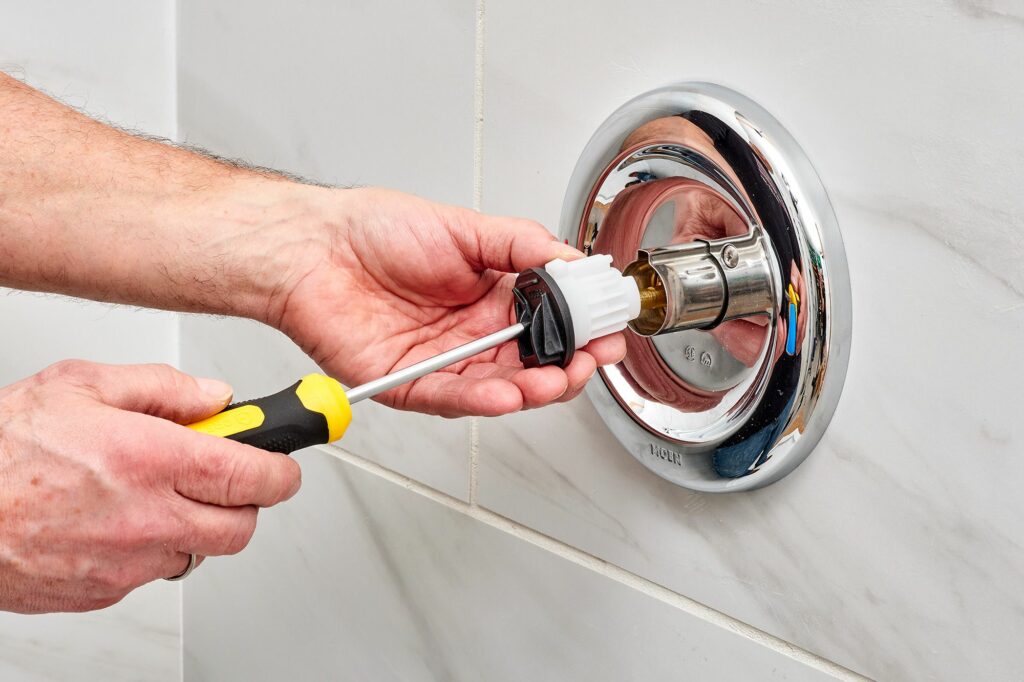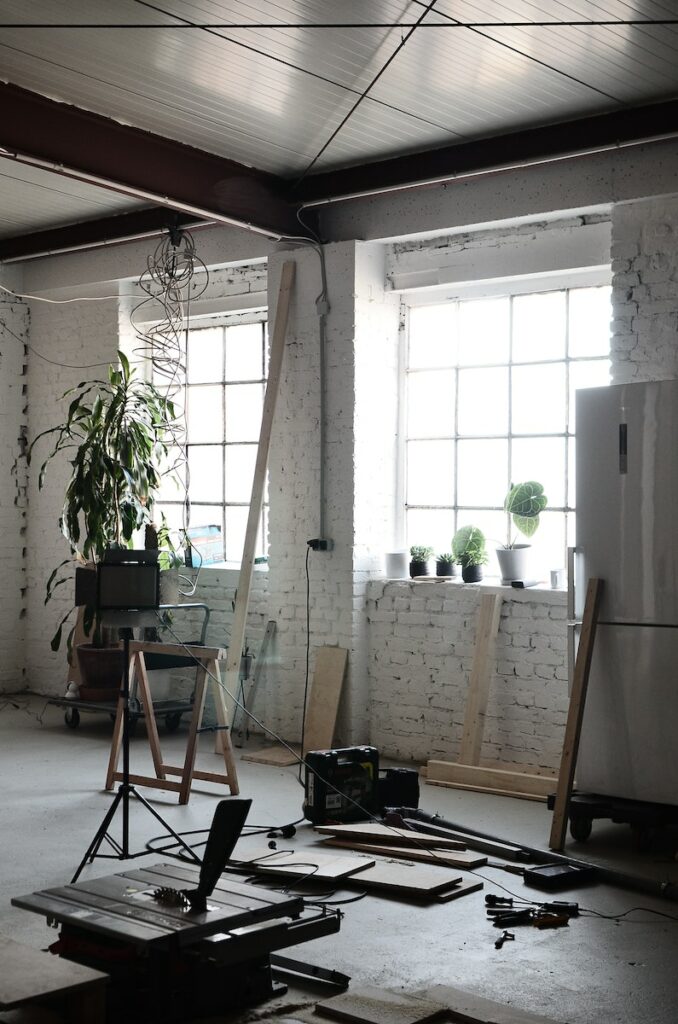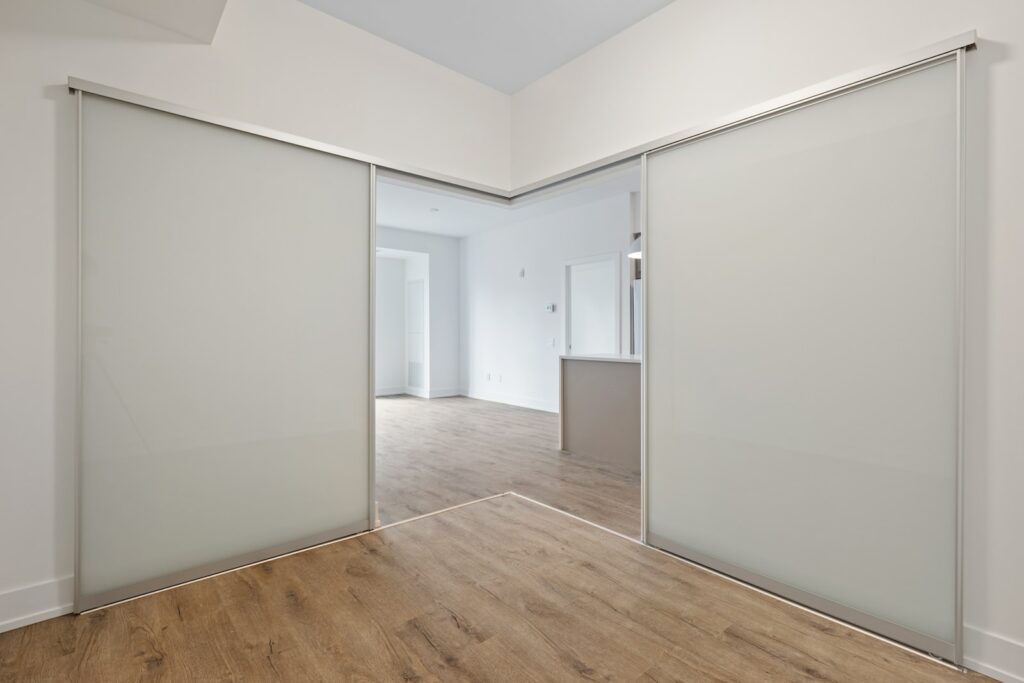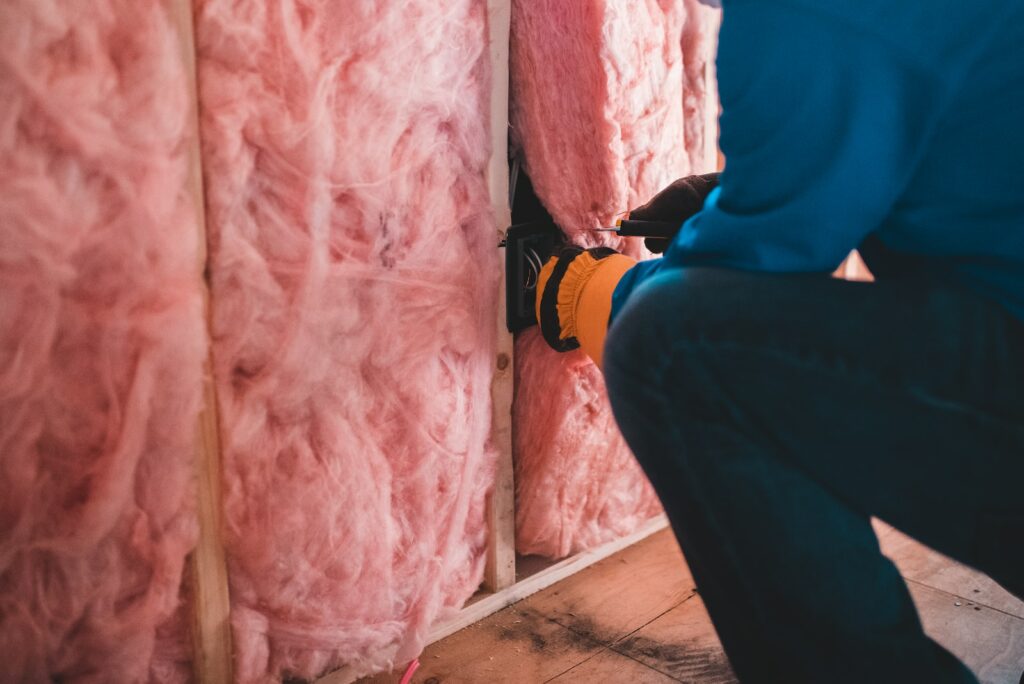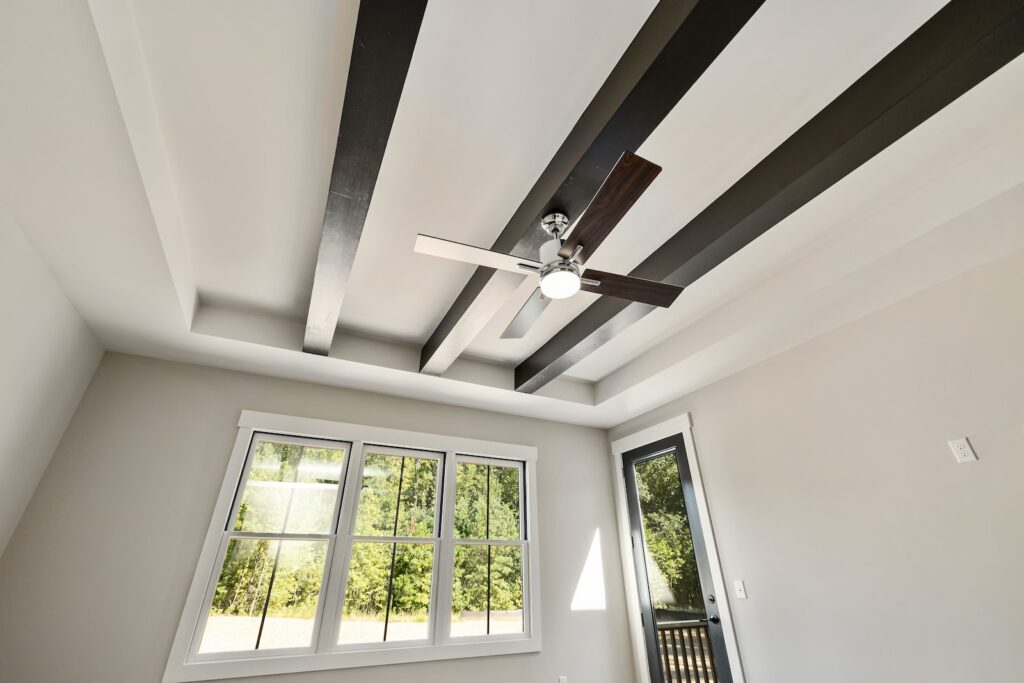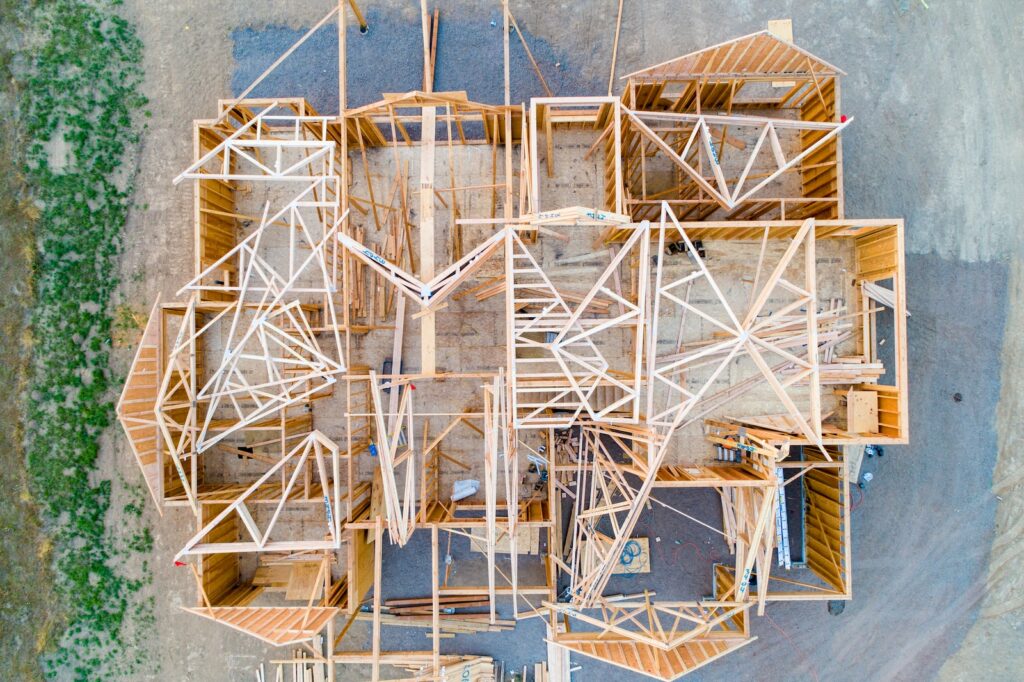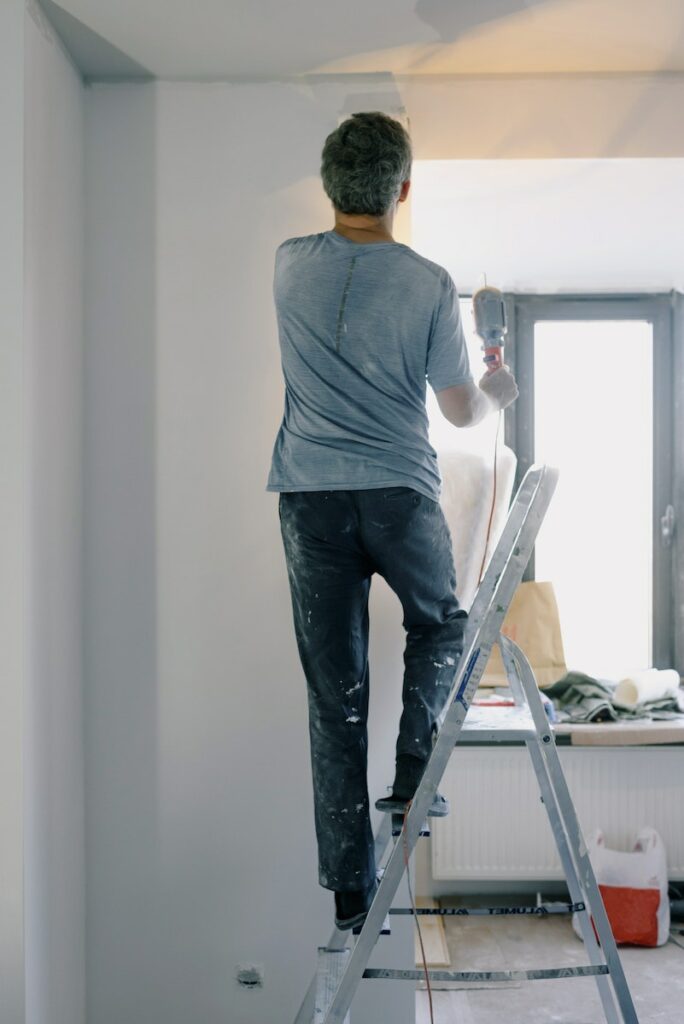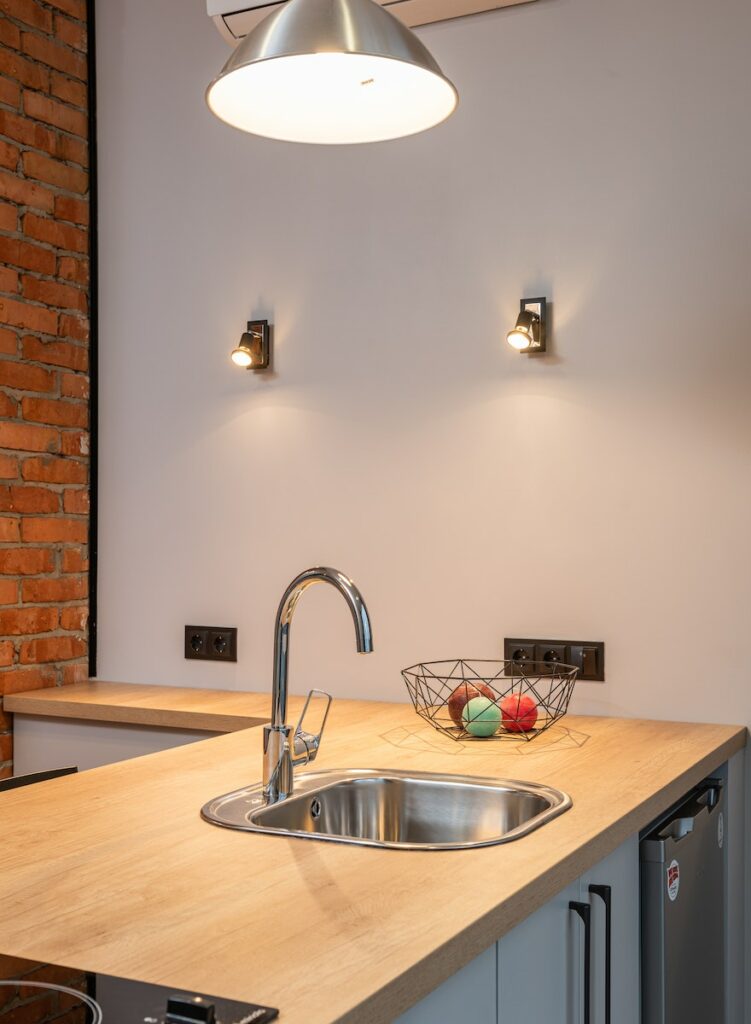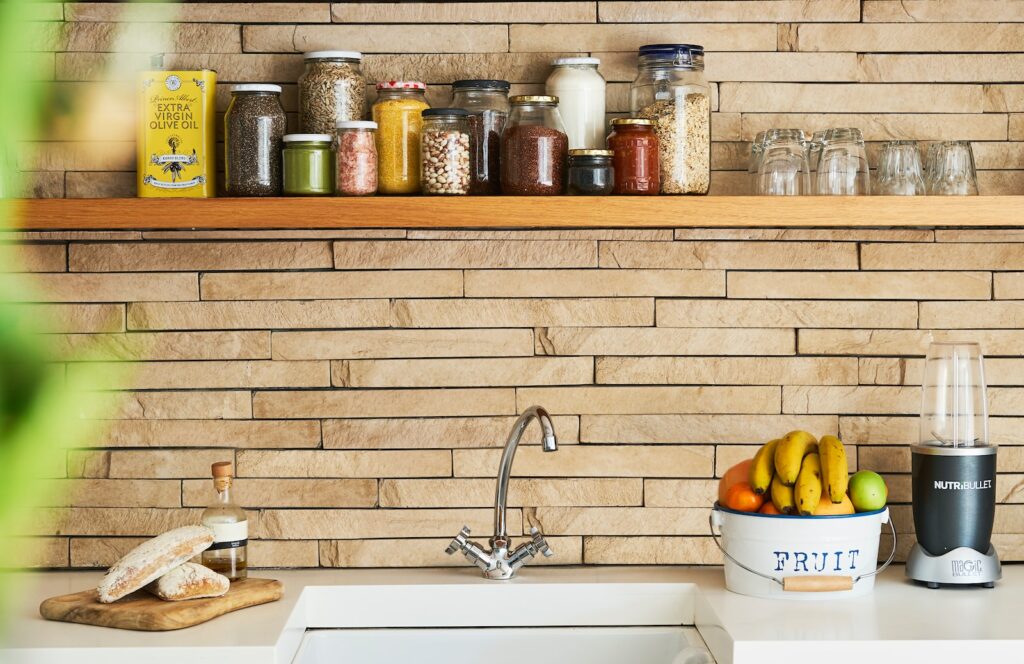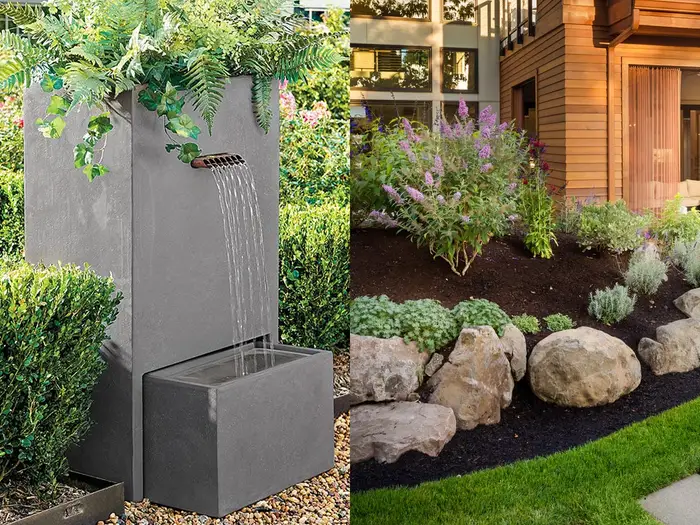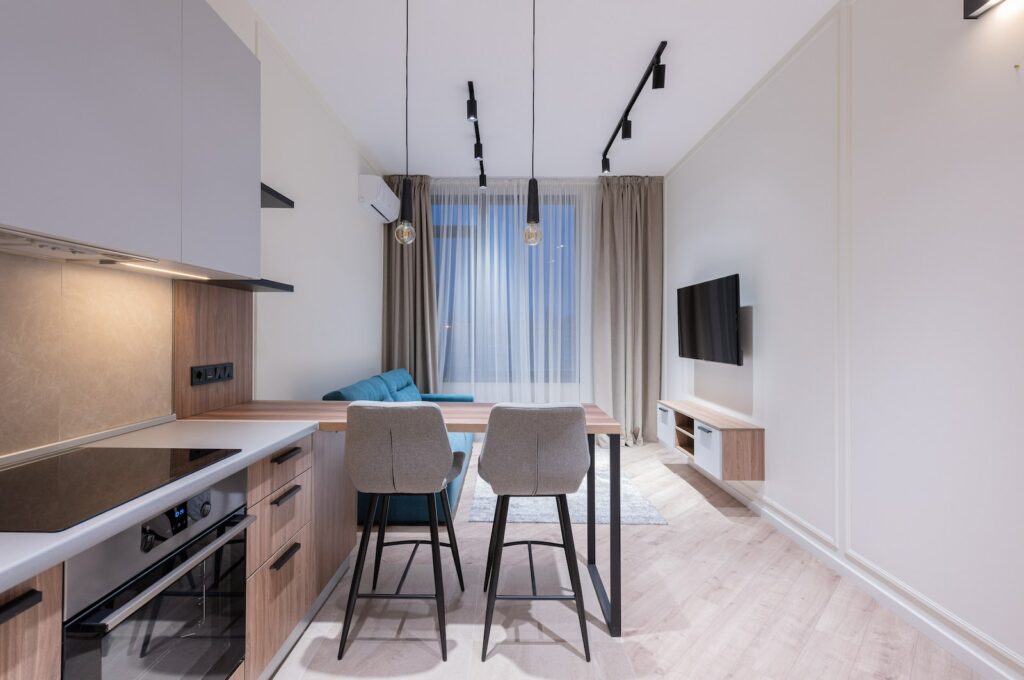The Ultimate Guide to Downsizing Your Home
Downsizing your home is an excellent way to save money, reduce stress, fee more organized, and help the environment. By downsizing, you can cut down on unnecessary expenses, clutter, wasted energy and resources, and create a more organized, functional space. This guide will walk you through the process of downsizing your home, from understanding the benefits to choosing which items to keep and discard to the actual steps of downsizing. With this guide, you’ll be able to start from your current home and create a space that’s best for you.
Why Downsize Your Home?
Downsizing your home is beneficial in many ways. Financially, it can save you money in various ways. By living in a smaller home, you can save on energy and water bills, home insurance, and other expenses. You may also be able to negotiate a lower rent or mortgage payment on a smaller home. Additionally, you may be able to sell or rent out your old home to make extra money.
Downsizing can also help reduce stress and declutter your life. With a smaller space, you can only keep what is necessary and important to you, eliminating excess items and clutter that can contribute to stress and mess in the home. Having less can reduce stress, make it easier to maintain your home, and help you focus on what’s important. Finally, downsizing is also beneficial for the environment. By choosing a smaller home, you can reduce your energy and water usage, as well as your waste.
Preparation Step
The first step in downsizing your home is to prepare. This means assessing your current situation, as well as having a plan for what you want to do. Start by assessing your current situation. Take note of your current living space, financial situation, and lifestyle. Ask yourself questions, such as how much space do you currently have, how much can you afford, and what lifestyle do you want. This will help you understand your current situation and what you want to achieve.
Next, make a plan. Think about your goals, such as minimizing expenses, reducing stress, or becoming more organized. Then, create a plan and budget to achieve your goals. Consider things such as how much space you need, how much you can afford, and what lifestyle you want. This will help guide you as you begin downsizing.
Choose What to Keep & Discard
Now that you have an understanding of your current situation and have a plan in place, you can begin the process of downsizing. Start by assessing what items you already have. Think about what is important and necessary to you, what is taking up too much space, and what is redundant. As you go through your items, ask yourself questions such as whether you need it, if it is taking up too much space, and if it adds value to your life.
Once you have identified which items you want to keep and discard, designate an area where you can store items that you want to get rid of. This can be a storage space, a donation bin, or a designated area in the home. This will help you keep track of what you are getting rid of and make the process easier.
Purge and Donate Items
Once you have determined which items you want to keep and discard, start purging. Sort items into categories, such as what you want to donate, what you want to give away, and what you want to throw away. This will help make the process easier. Additionally, take this time to go through your items and make sure you are not keeping anything you don’t need or want.
When you have sorted your items, it is time to donate them. Donate any usable items to charity, or sell them for some extra money. You should also consider donating any items that are in good condition but are taking up too much space. This is an excellent way to declutter your home and help others in need.
Decorating and Organizing
Once you have donated your items, it is time to decorate and organize your home. Take this time to look at the space and think about how you want to organize it. Look at furniture and storage solutions that will help you maximize your space and create a functional, organized area. Additionally, think about how you want to decorate the space. Choose a colour scheme, add wall art, and use rugs and curtains to create a unique look.
Maintenance
Now that you have finished downsizing and decorating your home, it is important to maintain it. Start by creating a system of organization and cleaning. This will help you keep your space clutter-free and organized. Additionally, maintain your home by cleaning and organizing regularly, checking for damage, and making sure everything is functioning properly.
Time and Expenses Required
The amount of time and expenses required for downsizing your home will depend on the size and type of home, as well as the amount of items you want to keep. Generally, the process of downsizing can take anywhere from a few days to a few weeks, depending on how much work needs to be done. Additionally, the expenses involved may include packing materials, storage fees, and moving costs, as well as costs for items such as furniture and decorations.
Precautions
When downsizing your home, it is important to take certain precautions. First, make sure you are clear on your goals and have a plan in place to achieve them. Additionally, take your time when going through your items and discarding them. Make sure you are only keeping what you need and not holding onto anything unnecessary. Finally, make sure you have accounted for all the expenses involved, such as moving costs, packing materials, and furniture, before beginning the downsizing process.
Conclusion
Downsizing your home can be an excellent way to save money, reduce stress, and become more organized. This guide will walk you through the process of downsizing, from understanding the benefits to choosing which items to keep and discard, to the actual steps of downsizing. With this guide, you’ll be able to start from your current home and create a space that’s best for you.


